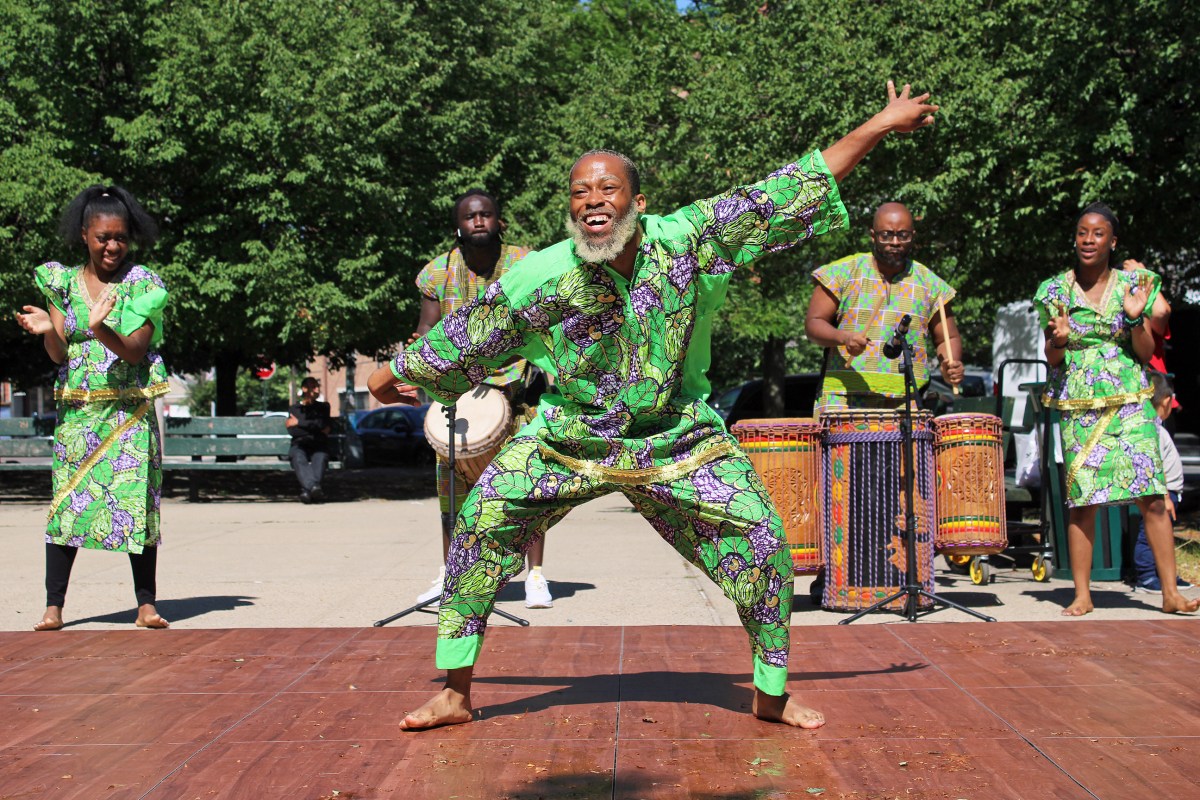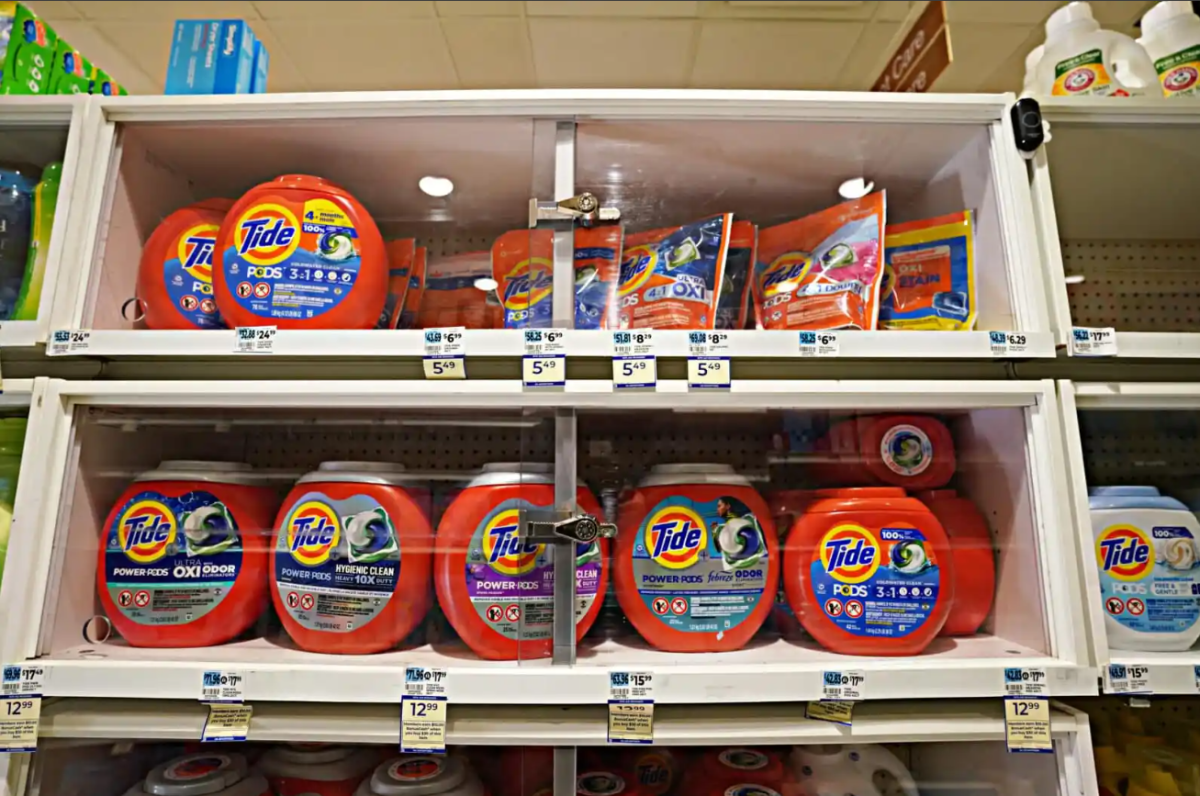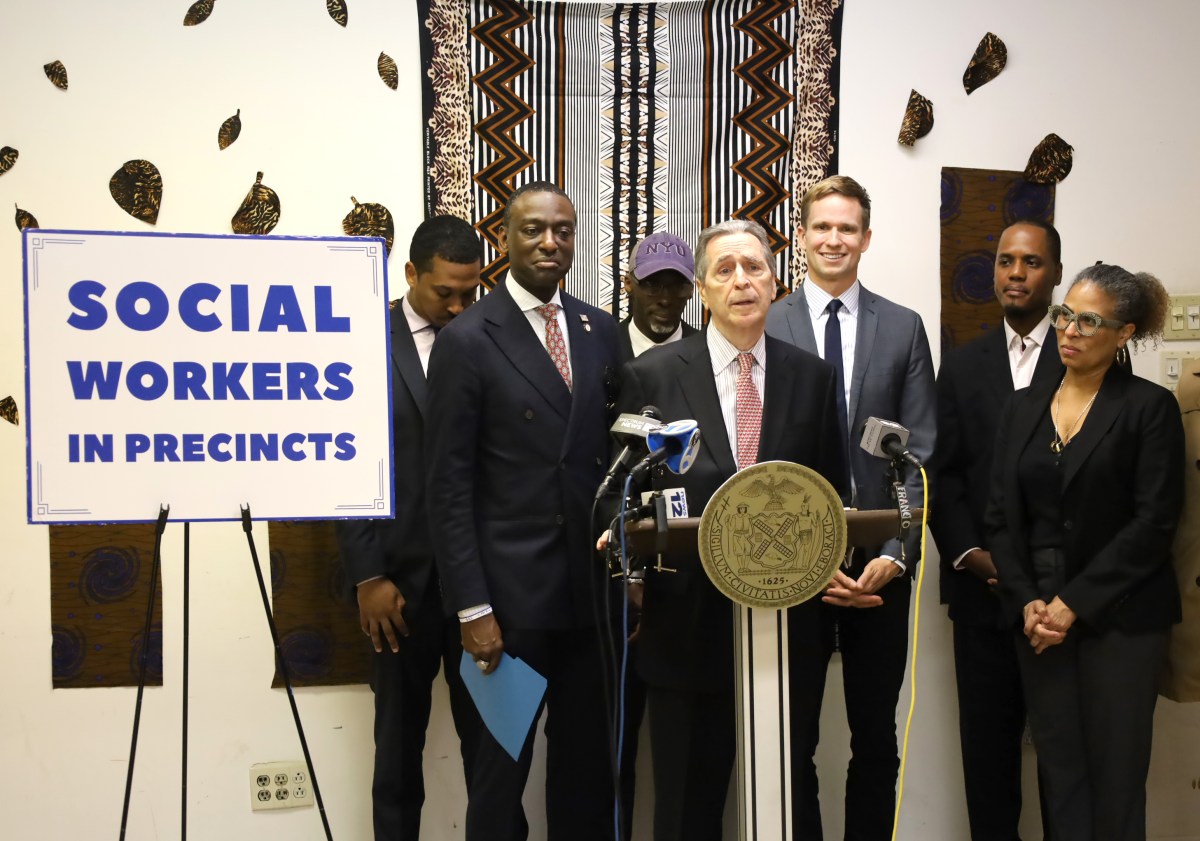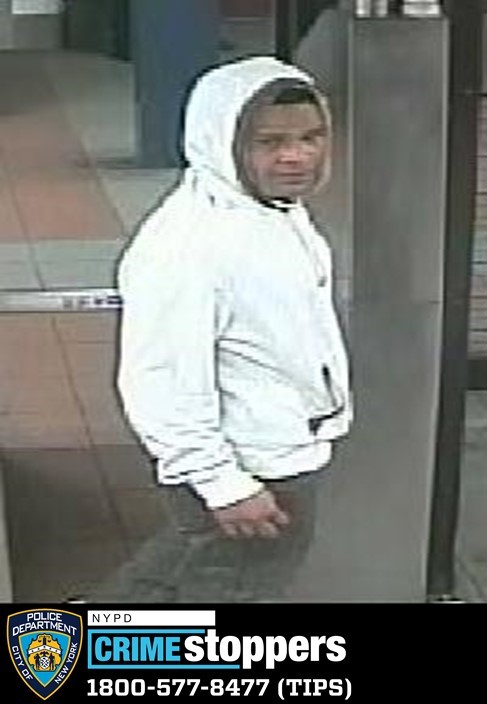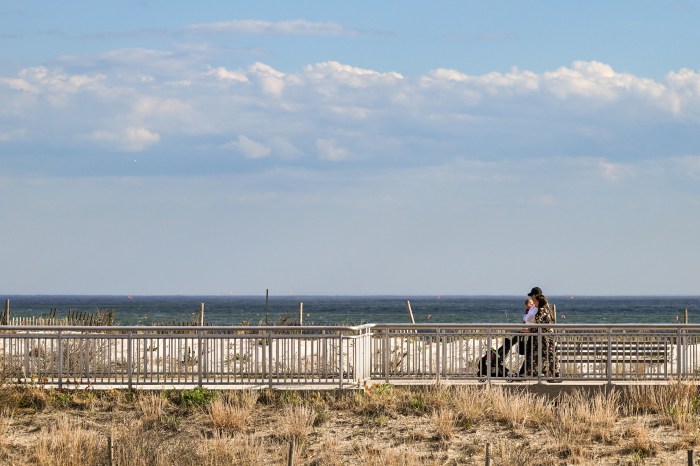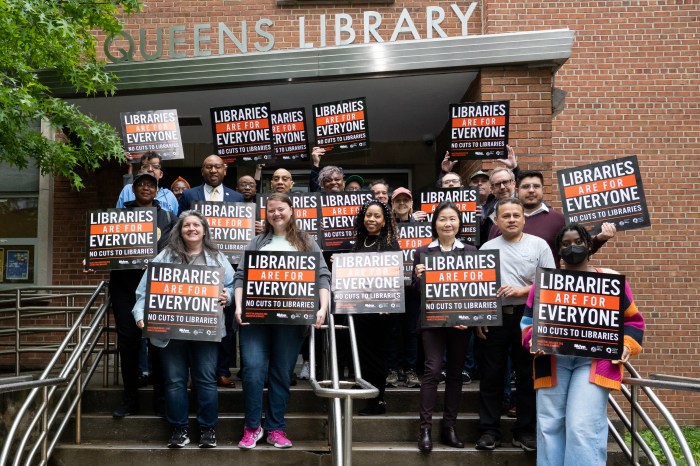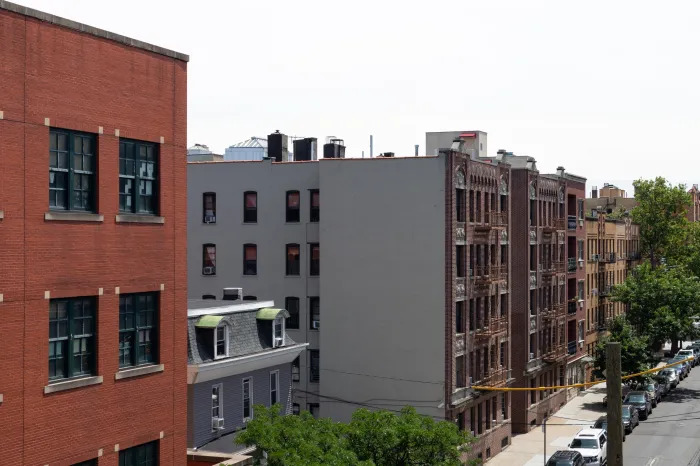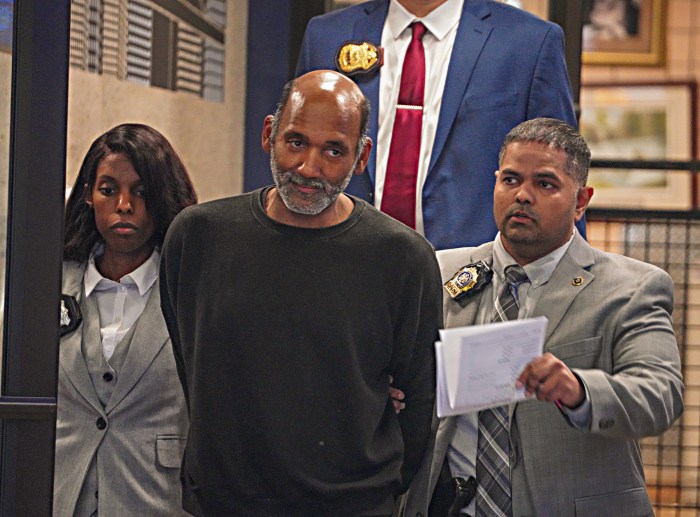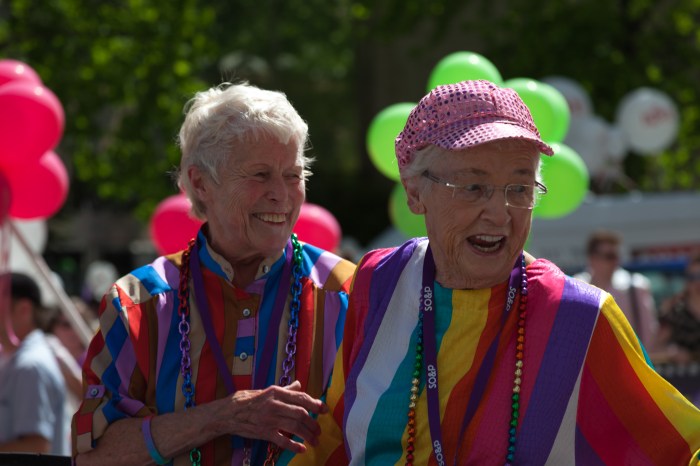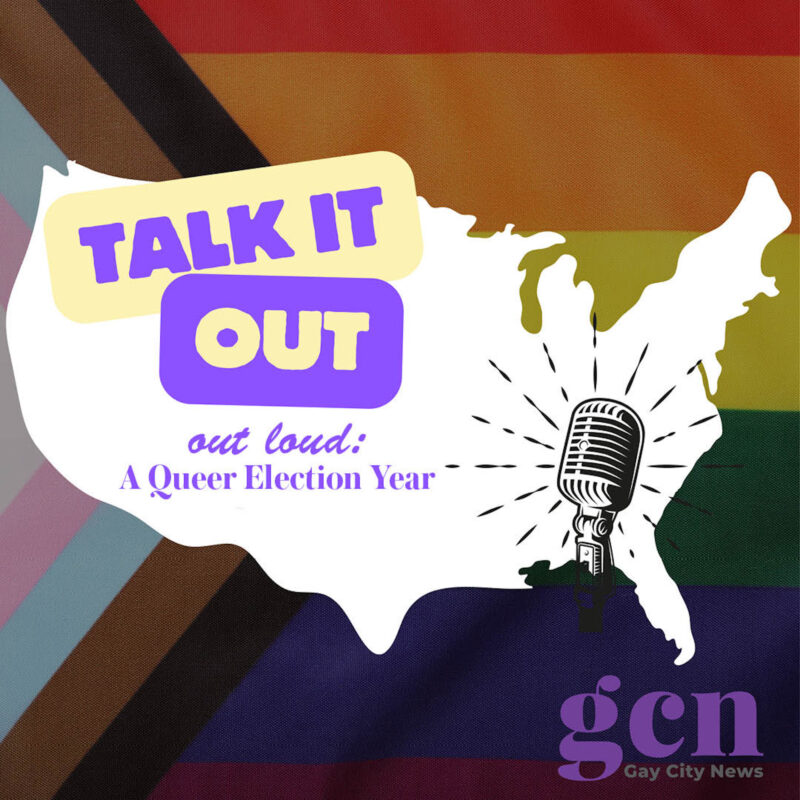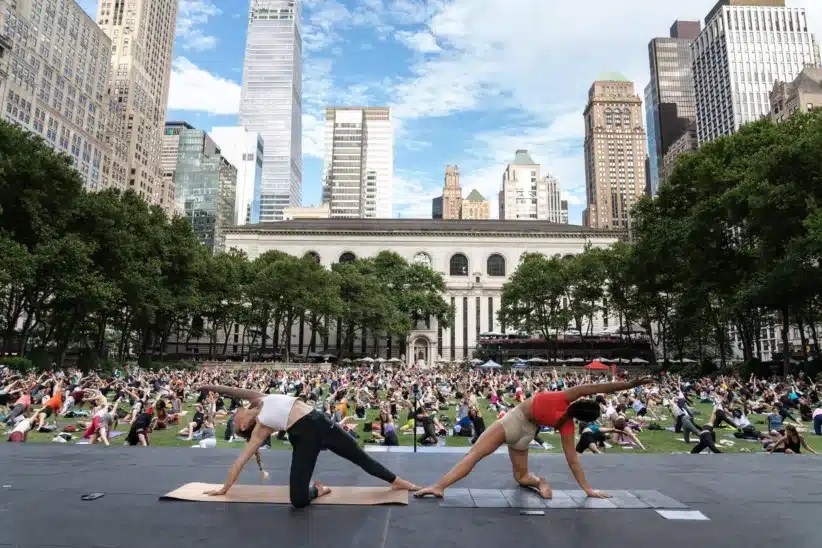IBO Examines Homelessness Causes
Forced out due to higher rents, domestic violence or other factors, the number of families seeking emergency shelter in New York City grew dramatically over the last decade, according to a report from the city’s Independent Budget Office (IBO).
Published last Friday, Nov. 14, the IBO report-“The Rising Number of Homeless Families in NYC”-outlined the causes behind the increase in homelessness among families in a 10-year study period between fiscal years 2002 and 2012.
About 8,500 families were in the city’s homeless shelter system as of 2012, up from 6,400 tallied 10 years earlier. The IBO noted that homelessness spiked during the period in 2010, when more than 12,000 families entered the system.
Nearly 60 percent of the displaced families previously lived in rent-regulated apartments or public housing. The report indicated it became harder for families to afford rent after restrictions on a government rent subsidy program arose during the Bloomberg administration.
The problem was exacerbated, it was reported, when the subsidy program eventually ended. Earlier this year, the de Blasio administration-as part of its ongoing efforts to reduce homelessness and increase affordable housing-launched a new round of rental subsidies and announced homeless families would receive first priority for vacant public housing units.
But to receive emergency housing benefits, it was noted, families must first seek emergency shelter and provide documents proving they have nowhere else to turn.
As rents increased, so did the number of evictions across the city. According to the IBO, 27,636 evictions took place in New York City in 2011, up from the 23,697 that took place in 2002.
Between 2002 and 2010, the report indicated, the number of families eligible for emergency shelter due to eviction nearly quadrupled, from 1,066 in 2002 to 3,866 eight years later.
Domestic violence also resulted in more homeless families seeking emergency shelter, the IBO reported. Just 540 families in 2002 sought shelter due to domestic violence in their former homes, but that number grew to more than 3,172 in 2009.
“One likely reason that entries to shelter attributable to domestic violence have grown by so much more is because the city became better at screening for it,” the report noted.
Approximately 93 percent of homeless families seeking emergency shelter were led by women, the IBO report noted. The majority of these families identified themselves as being either black or Hispanic.
Three Brooklyn neighborhoods were hit particularly hard by homelessness during the study period: Crown Heights North, East New York and Stuyvesant Heights. According to the IBO, more than 6,000 families from the three neighborhoods sought emergency shelter.
The IBO noted that nearly 10 percent of all shelter entrants came from just 30 of the city’s more than 2,000 census tracts. They included South Jamaica in Queens (228) and Brownsville in Brooklyn (207).
New York City currently spends nearly $1 billion annually to maintain the homeless shelter system and provide related services for displaced families and single adults.
The IBO advised the city government ought to determine more efficient means of addressing the homeless problem according to the situation of the families affected.
“The number of families entering and remaining in the city’s shelter system has grown dramatically from 2002 through 2012,” the report concluded. “It is important to consider families’ living situations prior to shelter, both to understand why some families may require emergency housing and how some of these needs could be met through less costly alternatives to shelter.”
The full report can be found online at www.ibo.nyc.ny.us.




















